Mark Marston has spent the past several years helping lead the fight against what he considered an unwanted federal land grab in his backyard.
His side lost that battle on Wednesday when President Obama designated 87,500-plus acres the Katahdin Woods and Waters National Monument. But now that the debate is over, Marston and other longtime critics of Roxanne Quimby’s ambitions for her land are pledging to work – if not necessarily become friends – with their new federal neighbor.
“I still don’t think it’s fair, but I’m going to try to work with them,” said Marston, an East Millinocket selectman hoping to land a spot on a committee that will guide the National Park Service’s management of this swath of Maine’s North Woods. “The only reason I would be part of this is to make sure … we have different views from some of the other (members) about traditional access.”
Obama’s executive action effectively ends a debate that has dragged on for years, pitting neighbor against neighbor and even family member against family member over conflicting views on how best to revive the Katahdin region’s ailing economy.
Now the difficult task begins of attempting to bridge those philosophical gaps and implementing a ground plan for a property twice the size of Acadia National Park that has plenty of mountains, rivers and moose, but few roads and almost no infrastructure.
“There are a lot of things to talk about,” said Tim Hudson, the man chosen by the National Park Service to serve as the first superintendent of the Katahdin Woods and Waters National Monument.
WHAT’S NEXT?
Located just east of Baxter State Park, the new monument contains miles of frontage along the East Branch of the Penobscot River and Wassataquoik Stream as well as numerous peaks with views of Mount Katahdin. Visitors to the monument, which is already open to the public, can hike, fish, camp, observe wildlife and canoe/kayak. Snowmobiling and hunting will be allowed in specified areas.
Some see the North Woods national monument as offering an injection of additional tourist traffic to once-thriving downtowns, where today shop after shop sits vacant, victims of the closure of local paper mills. Many opponents remain skeptical that the monument will bring good-paying, sustained jobs.
But now that the dust is settling, both sides in the bitter dispute are asking, “What happens next?”
Jesse Dumais, a Millinocket town councilor, was elected last November on neither a pro- nor anti-monument platform because he had so many constituents on both sides of the issue. Dumais said he feels as if last week’s decision released some of the pressure built up in town.
“Finally, there was some closure and a new direction to move forward,” he said. While tensions remain, “the people that reached out to me that I represent, … they are ready to move on with it and they are ready to make the best from the situation.”
For Dumais, the big issue now is access to the land – and more specifically, road access that goes through Millinocket. Currently, neither of the two primary entrances to Katahdin Woods and Waters National Monument – off Route 11 near Stacyville and off Route 159 near Patten – would take visitors through his town.
“My goal is to fight for access that goes through Millinocket … because if we don’t have access, then this whole conversation is moot because we don’t benefit at all from it,” Dumais said.
ON THE GROUND
Back in May, National Park Service Director Jonathan Jarvis gave his personal commitment to a largely skeptical audience of several hundred in East Millinocket that “if this happens, we will be here the next day.”
“We will be on the ground in your community to listen more and to begin to develop that plan – whatever that looks like – to help this area and the entire Katahdin region figure out its future,” Jarvis said.
True to his word, two National Park Service employees showed up in Millinocket on Thursday – one day after the president’s designation – to open the first of two offices in the region. One of them was Hudson, of Bangor, the newly named superintendent.
“I’ve worked in this kind of park most of my career – more natural and recreational parks,” said Hudson, a former chief of maintenance at Yellowstone National Park and for the park service in Alaska. “I have worked with communities before and I’m hoping to continue that here. It’s a great little resource up here.”
Hudson, who most recently oversaw the park service’s $300 million response to the damage caused by Hurricane Sandy in the Northeast, spent much of Thursday greeting visitors and talking with local residents who had been on both sides of the issue. He was also working to finalize details of the first of several public forums to be held in towns around the Katahdin region to gather feedback on planning and operations for the monument.
“This is basically us listening,” Hudson said. “This is not, ‘Here is our plan. What do you think?’ This is a chance to brainstorm and see what’s needed out there.”
Some work is already taking place on the ground in the new monument.
Under an agreement with the park service, Elliotsville Plantation Inc. is working to improve the condition of some of the dirt roads entering the property to make them more passable for passenger cars. The foundation also plans to re-deck a bridge on the property, improve key trails and has a “reserved right” to build structures such as a visitor’s center with the park service’s approval.
“It allows the work to be done more quickly than if it had to be done through the National Park Service process,” said David Farmer, spokesman for Elliotsville Plantation.
LINGERING CONCERNS
Still, legitimate concerns remain.
Some of the most vocal and consistent opposition to Quimby’s plans came from the forest products sector, which remains one of the largest and most influential industries in Maine despite mill closures and other turmoil.
Dana Doran, executive director of the trade group the Professional Logging Contractors of Maine, said they were not surprised but were nonetheless disappointed with the monument designation.
The logging community has a lengthy list of concerns, starting with the potential loss of access to neighboring commercial timberland if the new national monument sparks more development or drives up land prices.
“So first and foremost, the business and economic opportunities they have are certainly at risk and beyond that there is the uncertainty,” Doran said.
But another concern raised repeatedly during public forums and meetings with representatives from Elliotsville Plantation as well as the federal government is the fact that visitors will be accessing the monument over private logging roads.
While many Mainers who routinely travel the state’s labyrinth of private woods roads know the do’s and don’ts of sharing those roads with fully loaded logging trucks, out-of-state tourists may not know that those trucks traditionally have the right of way. And that could lead to disasters, critics warned.
“We have been told that when the National Park Service takes possession of the property, they will deal with it at that point,” Doran said. “But we have never really been given an answer.”

Route 11 in Patten abuts part of the new Katahdin Woods and Waters National Monument. Visitors to the newly designated federal site can hike, fish, camp, observe wildlife and canoe and kayak on its many waterways.
THE END GOAL?
While Patten’s board of selectmen opted not to take a stance on the monument issue, town voters opposed Quimby’s plan by a more than 2-1 margin earlier this year. The small town of roughly 1,000 residents is still home to multiple logging, trucking and wood products companies.
The park service is setting up its first Patten office – at least temporarily – in the Patten Lumbermen’s Museum, which is devoted to educating the public about Maine’s storied logging history. Patten Town Manager Raymond Foss interprets that as a good sign.
“It’s definitely part of our present and not just our history,” Foss said of the timber industry. “So it’s good to have them involved as we transition to this new reality.”
So what does Foss think now that the monument is a done deal?
“I think it can and will be a net positive, but only time will tell,” Foss said. “This is a watershed moment and 100 years from now they are going to be looking back at what we did, so I think it is imperative that we make it the best it can be.”
One hundred years from now, Katahdin Woods and Waters National Monument would be known by a different name if Quimby’s long-range plan comes to fruition.
Quimby had originally proposed a North Woods national park on the land but was unable to win the congressional support from Maine’s delegation needed to get a bill through Congress. Instead, Quimby and Elliotsville Plantation shifted their focus toward the national monument because presidents can designate them unilaterally.
Elliotsville Plantation transferred ownership of more than 87,500 acres to the U.S. Department of the Interior in order to allow the monument designation to happen. The foundation also plans to create a $40 million endowment – including $20 million up front – to help provide a steady, long-term revenue source to cover operations and maintenance in the monument.
Lucas St. Clair, Quimby’s son, said Katahdin Woods and Waters National Monument will look and feel like any national park, down to uniformed park rangers and signs. And St. Clair, who has served as Elliotsville Plantation’s chief lobbyist at the local, state and federal levels in recent years, acknowledged that a national park is still the end goal.
After all, Acadia, Yellowstone, Grand Teton and many other national parks all began as national monuments.
“We hope at some point the congressional delegation will introduce legislation to make it a national park, but that’s down the road,” St. Clair said. “Let’s let the dust settle.”
Send questions/comments to the editors.


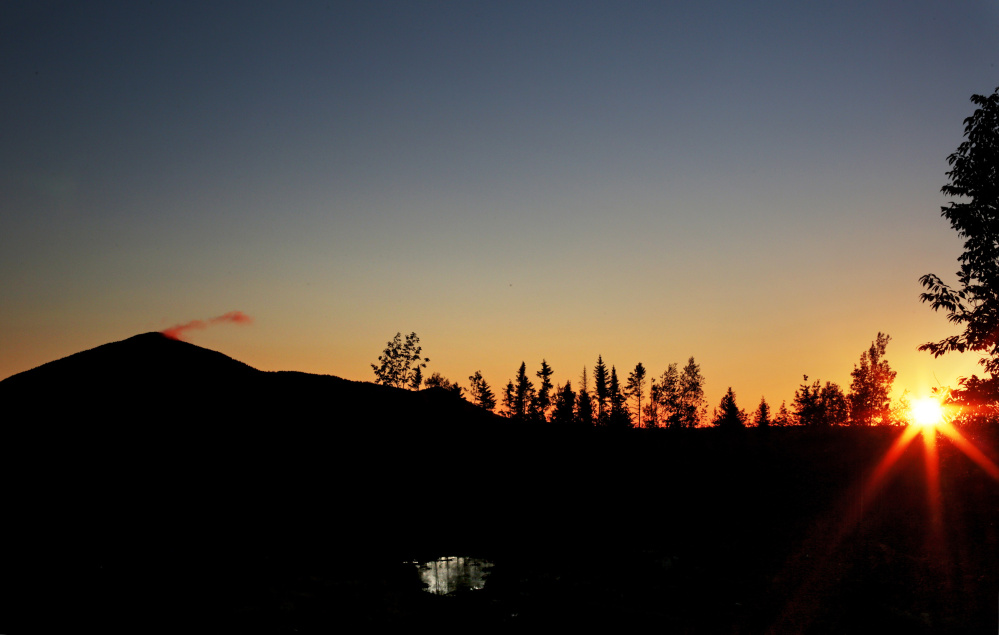
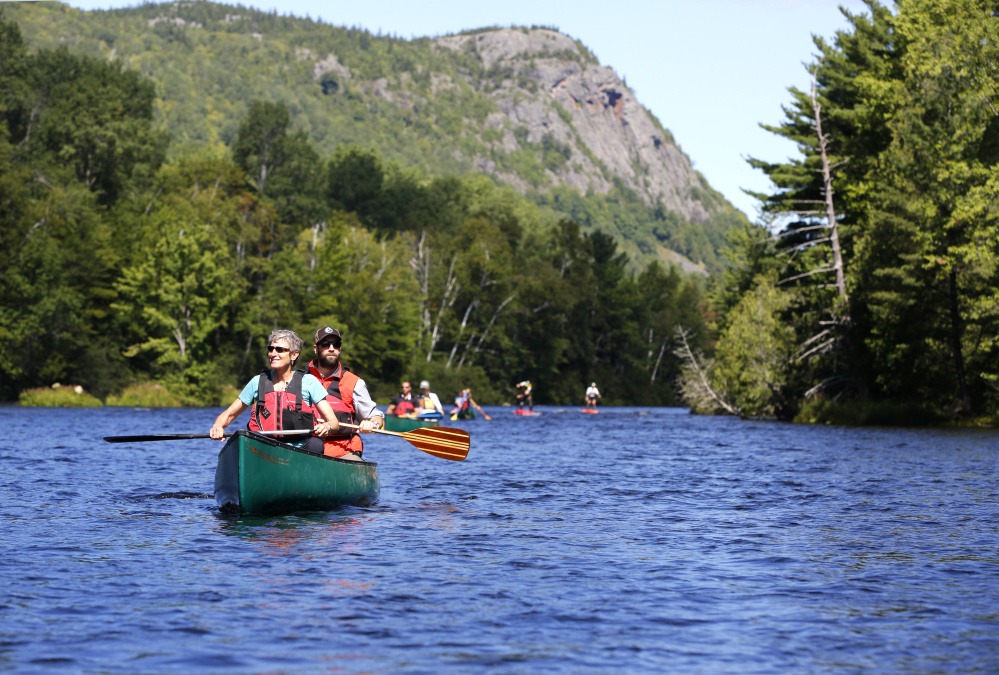
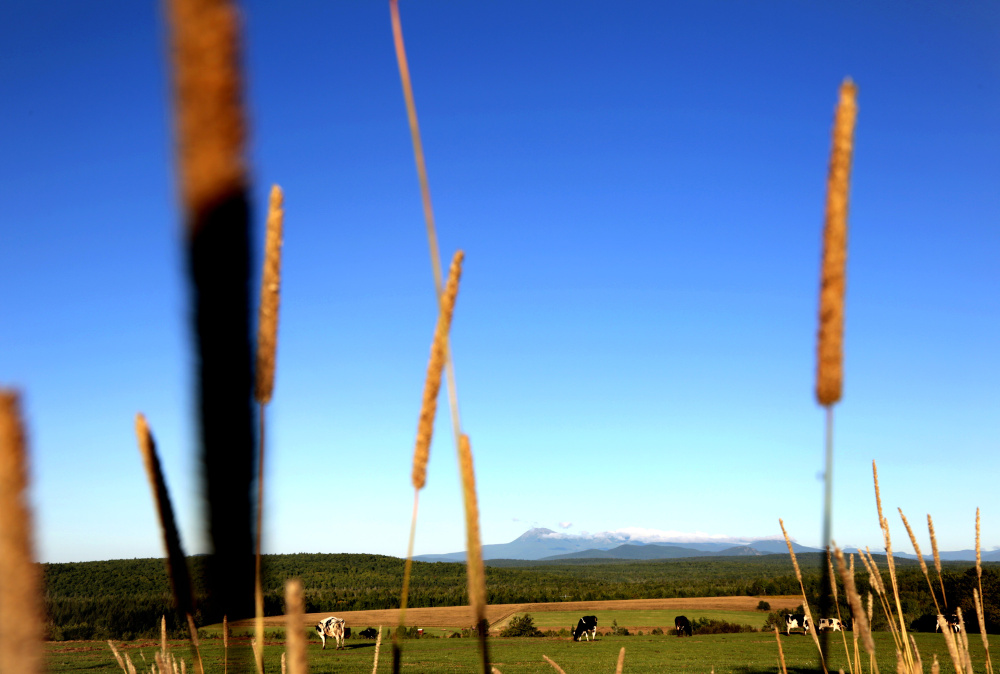
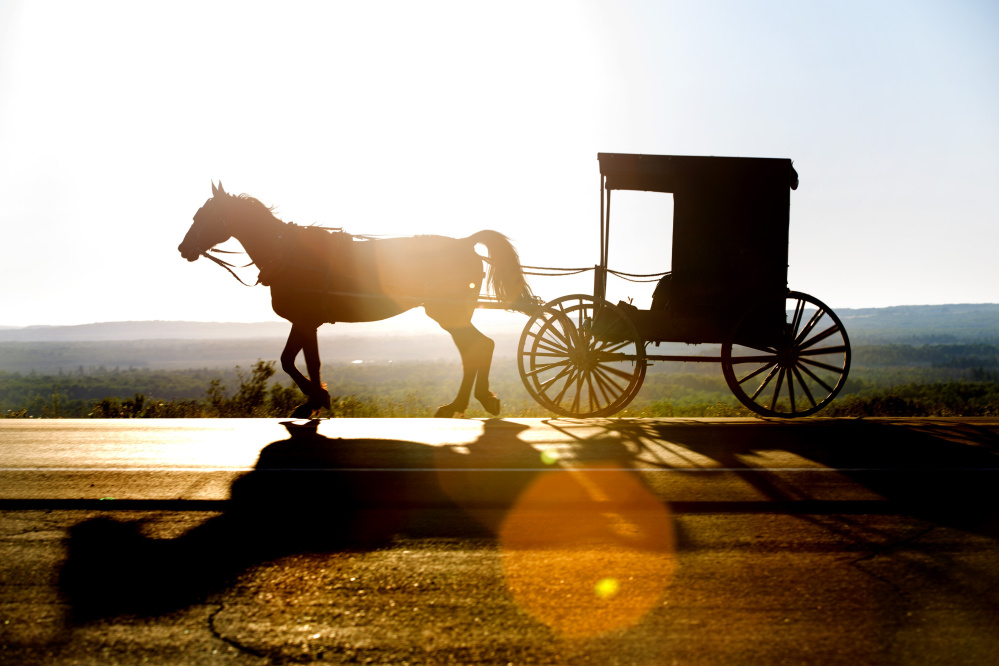
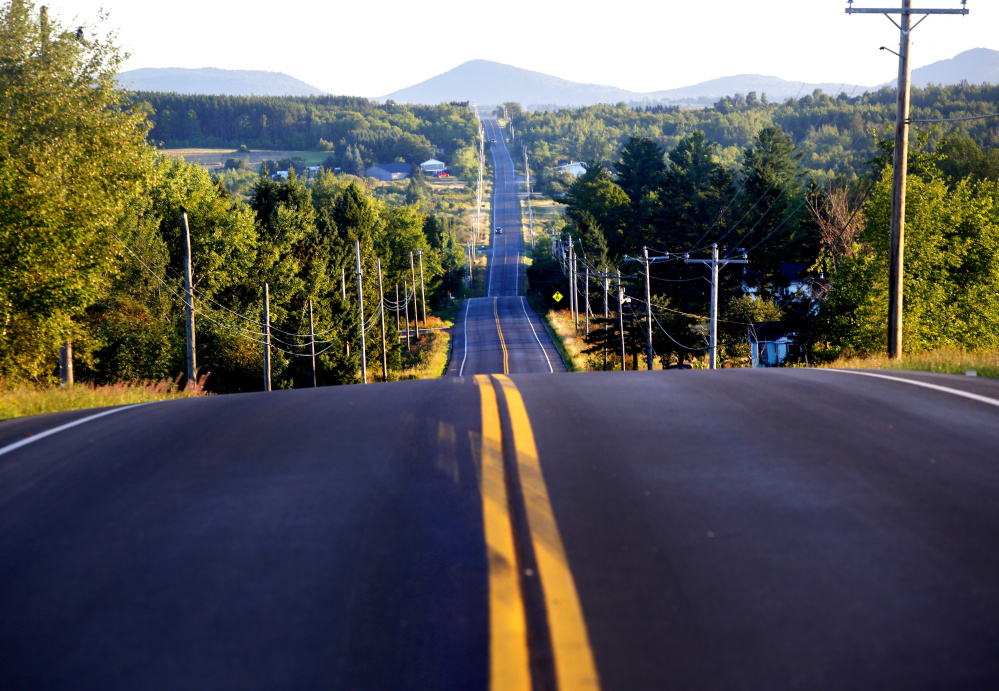
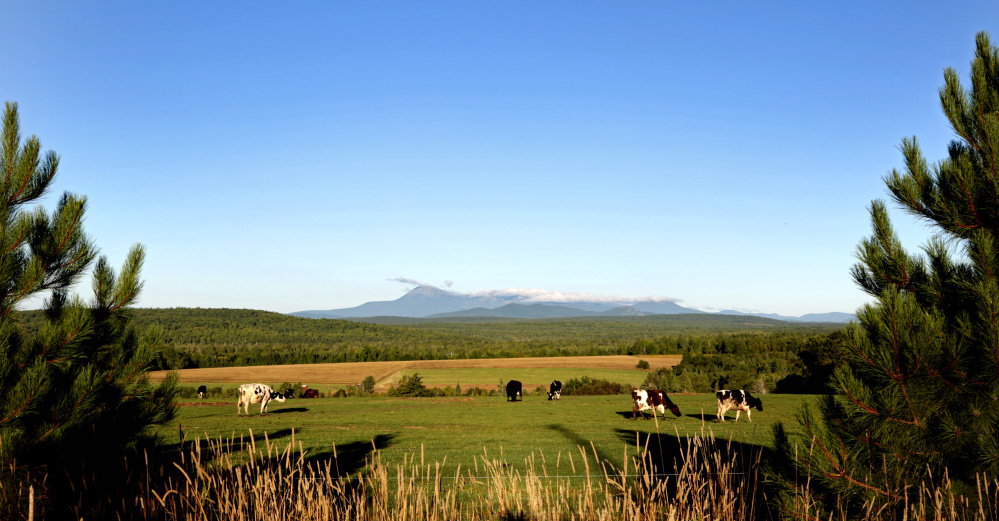

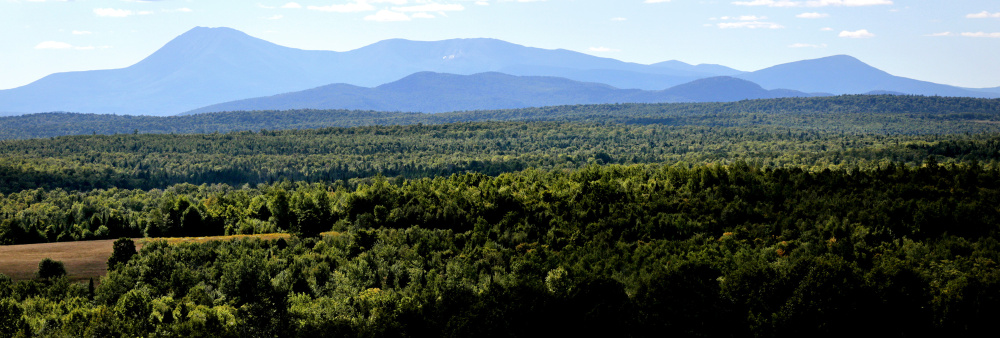
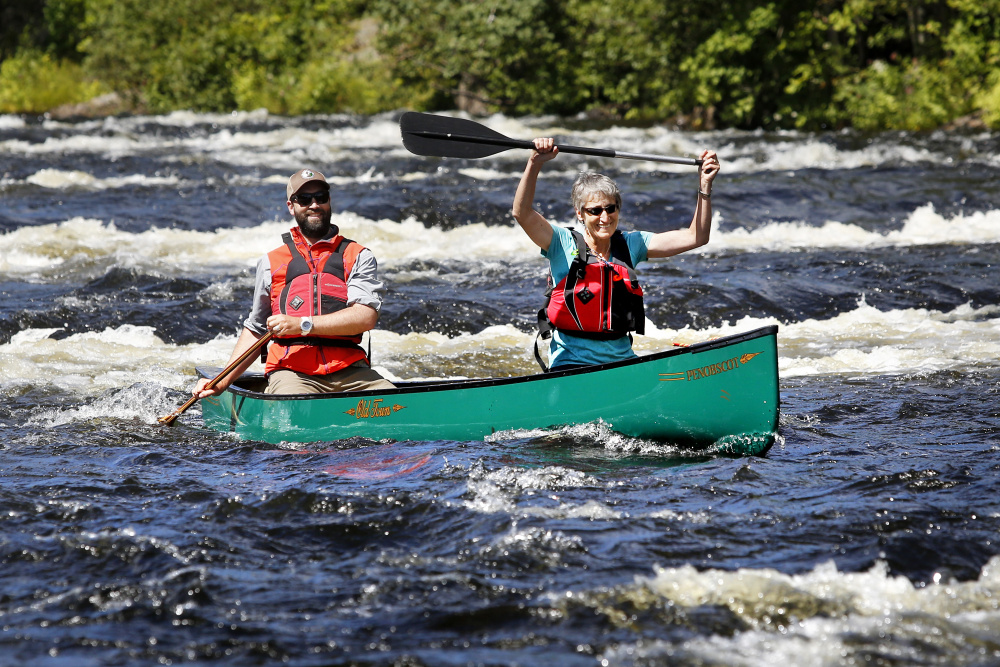

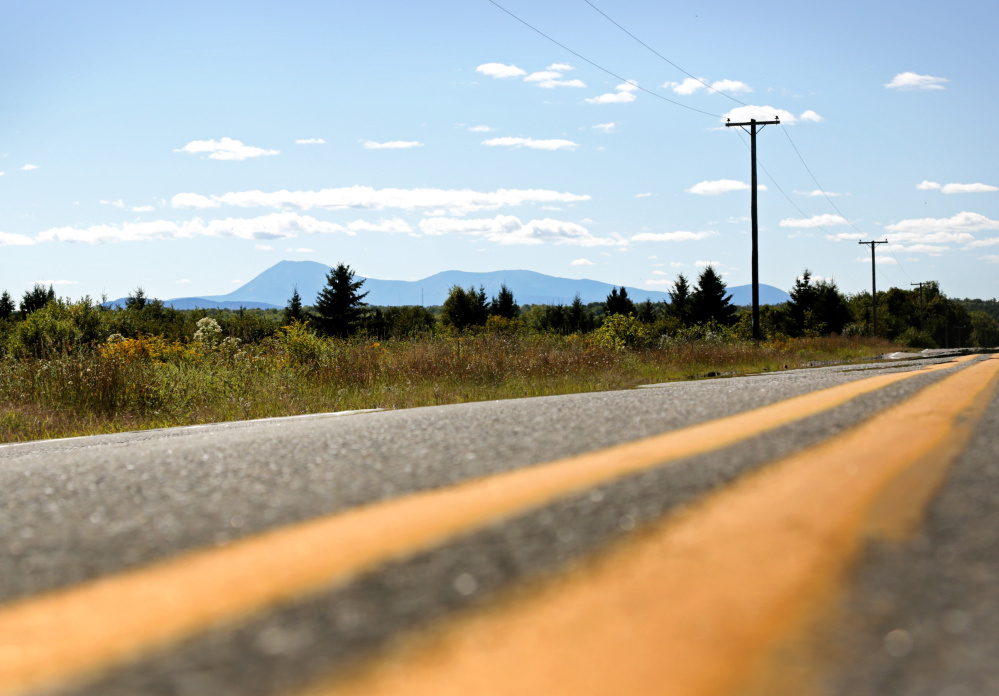
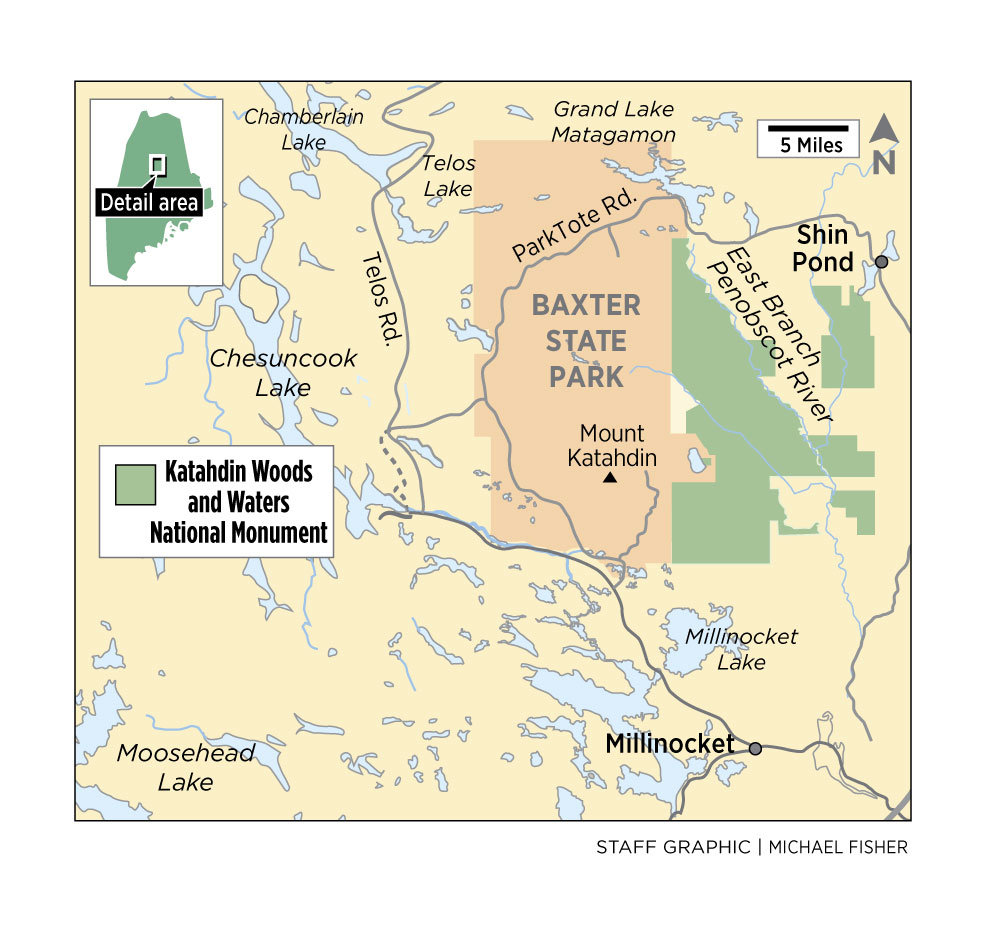

Success. Please wait for the page to reload. If the page does not reload within 5 seconds, please refresh the page.
Enter your email and password to access comments.
Hi, to comment on stories you must . This profile is in addition to your subscription and website login.
Already have a commenting profile? .
Invalid username/password.
Please check your email to confirm and complete your registration.
Only subscribers are eligible to post comments. Please subscribe or login first for digital access. Here’s why.
Use the form below to reset your password. When you've submitted your account email, we will send an email with a reset code.